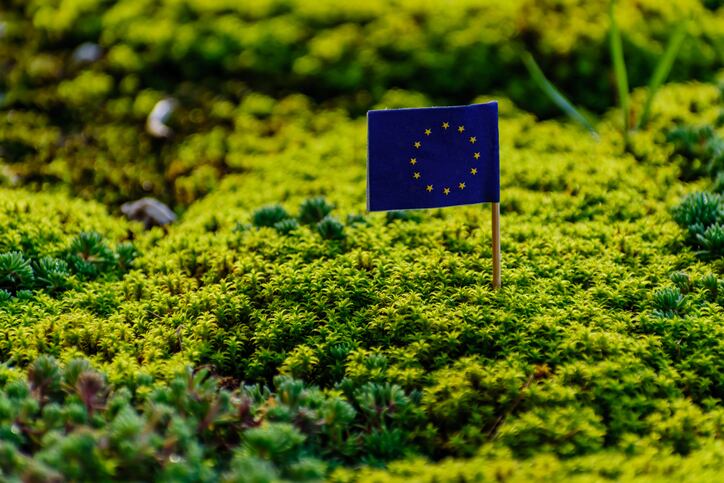Yesterday, on March 11, 2020, The European Commission (EC) adopted an updated Circular Economy Action Plan as one of the main building blocks for its wider European Green Deal announced last year. The European Green Deal aimed to drive Europe towards becoming the first climate-neutral continent by 2050 and enshrine climate-neutrality into law, and in January the EC said it would mobilise €1 trillion over the next decade to do so.
The Circular Economy Action Plan
The Circular Economy Action Plan followed on efforts from the EC’s first circular economy plan from 2015, of which all 54 actions had now been delivered on or were being implemented.
The Commission said its 2020 plan promised legislative and non-legislative measures on circularity where action at EU level would bring “real added value”. Several initiatives would also be introduced along the entire life cycle of products, including design, sustainable consumption and resource management.
Frans Timmermans, executive vice-president for the European Green Deal, said: “To achieve climate-neutrality by 2050, to preserve our natural environment, and to strengthen our economic competitiveness, requires a fully circular economy.”
Whereas society today, Timmermans said, remained “mostly linear”, with only 12% of secondary materials and resources being brought back into the economy. “Many products break down too easily, cannot be reused, repaired or recycled, or are made for single use only. There is a huge potential to be exploited both for businesses and consumers.”
Measures within the Circular Economy Action Plan aimed to:
- Make sustainable products the norm in the EU
- Empower consumers and public buyers
- Focus on the sectors that use most resources and where the potential for circularity is high, including packaging, plastics, water and nutrients
- Ensure less waste
- Make circularity work for people, regions and cities
- Lead global efforts on circular economy
With packaging, for example, the EC said it would introduce “new mandatory requirements for recycled content and special attention on microplastics as well as biobased and biodegradable plastics”.
Circular cosmetics – impact on the beauty industry?
Speaking to CosmeticsDesign-Europe, John Chave, director-general of Cosmetics Europe, said the Circular Economy Action Plan certainly had “the potential to be transformative” for the beauty and personal care world.
“For cosmetics, as for many other sectors, the measure proposed will be challenging – but these are the kind of changes we should welcome,” Chave said.
Cosmetics was already a “responsible industry”, with many manufacturers “setting the pace on green issues” to align with high consumer expectations, he said. But moving forward, Chave said Cosmetics Europe would be looking for opportunities to contribute to achieving the EC’s environmental goals set out within the European Green Deal on behalf of industry as a whole.
A ‘bold pledge’ – making the green transition a reality
Elsewhere, the move to adopt a new Circular Economy Action Plan had been praised, with the European Consumer Organisation BEUC describing it as a “bold pledge”.
Monique Goyens, director general of BEUC, said: “This action plan is crucial to make the green transition a reality. If we want consumers to play their part, it should be easy, convenient and affordable for them to shop sustainably, which is far from being the case today.”
The European Chemical Industry Council (CEFIC) said the plan would form an important part in the push towards climate neutrality by 2050.
Marco Mensink, director-general of CEFIC, said: “The faster we can develop and deploy circular solutions and technologies, the faster we can make the EU economy fully circular. For example, chemical recycling – a technology developed by the chemical industry – can be a game-changer for plastic waste management and drive the creation of a new plastics economy.”
Beauty moving towards circularity…
Numerous brands, manufacturers and suppliers across the global beauty and personal care category were now focused on circularity as an important step forward in developing more sustainable goods and processes.
According to international packaging firm Albéa, circular cosmetics required collaboration and better lifecycle analysis and recycling capabilities. And TerraCycle Europe said there were clear signals from consumers that circular beauty and personal care products would be increasingly accepted, even expected.

